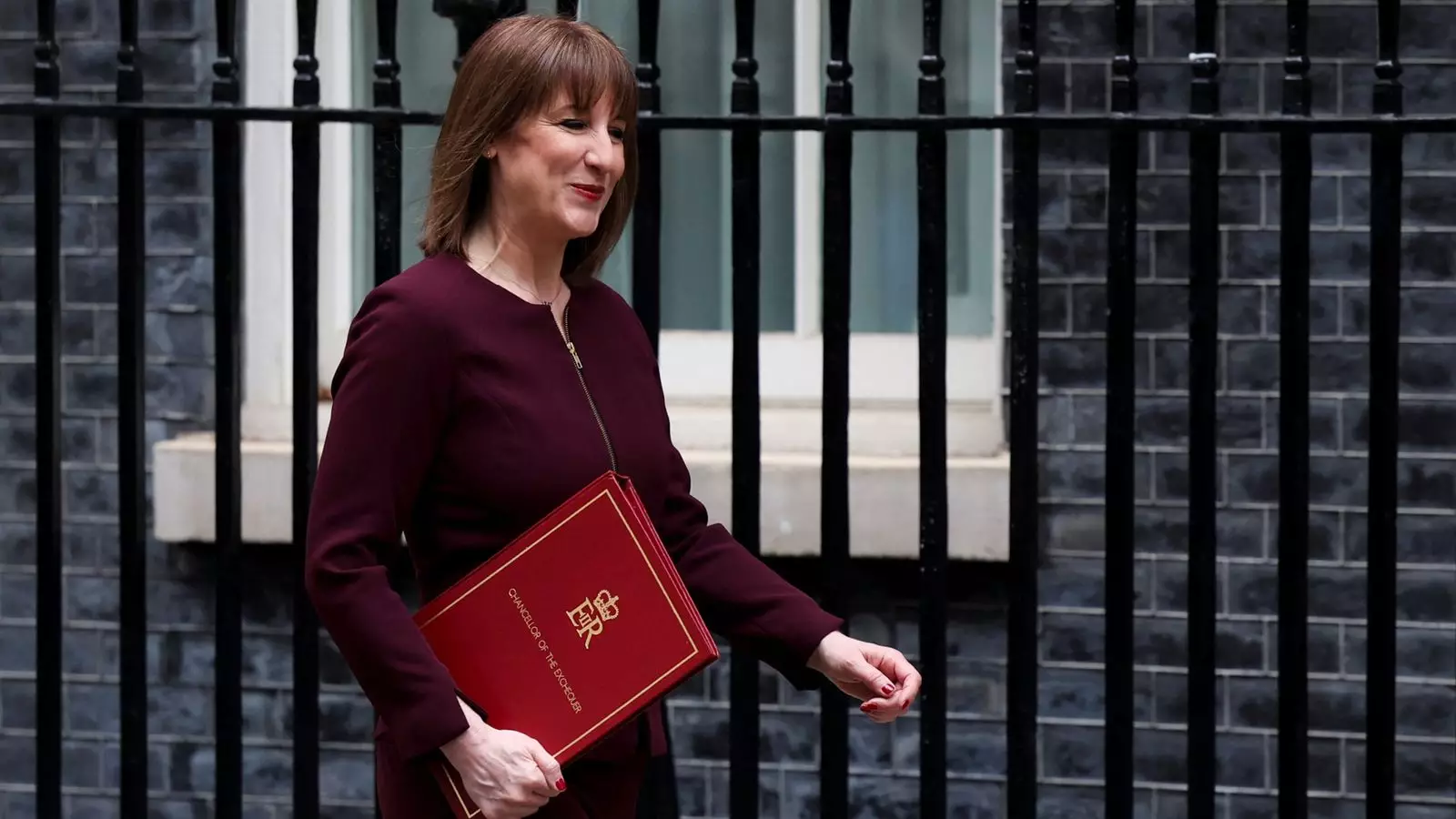The Office for Budget Responsibility (OBR) has delivered a sobering message: the UK’s growth forecast for 2025 has been slashed from 2% to just 1%. This development was presented by Chancellor Rachel Reeves during her spring statement, which serves as a crucial pivot point for the government’s economic direction. Politicians and economists alike will be grappling with the implications of this drastic adjustment. Despite the disheartening news for this year, the OBR has offered a slight glimmer of hope, projecting gradual improvements in economic performance for subsequent years. However, what does this really mean for the average citizen?
As Reeves highlighted, growth will be incremental and likely feel sluggish at best—1.9% in 2026, followed by a steady decline to around 1.7% by 2028. This paints a picture not of revival, but of a slow creep towards recovery, with any optimism rooted firmly in long-term reforms that the Chancellor herself acknowledges will take time to materialize. In a world where people expect quick fixes to persistent economic woes, expressing patience might seem utterly unconvincing.
The Myth of Quick Fixes
Reeves asserts that there are “no shortcuts to economic growth.” On the surface, this statement carries weight; economic transformations are typically the product of decisive, long-term strategies. However, the truth is that the electorate often finds it difficult to relate to such platitudes. In an era when many are living paycheck to paycheck, the rhetoric of impending prosperity falls flat. Words like “hard yards” and “serious plans” can feel detached from the immediate struggles facing the populace.
Her reference to necessary reforms—like changes in the National Planning Policy Framework and mandatory housing targets—divides public opinion. While some celebrate efforts to tackle housing shortages, skeptics see these moves as insufficiently radical. The promise of a 0.2% GDP boost by 2029-30 rings hollow when juxtaposed against the acute housing crisis faced by many. The impacts of such measures are unlikely to resonate until well after an entire electoral cycle has passed, leading to questions about whether this government will even be in a position to reap the rewards of its policies.
The Fiscal Tightrope
As Reeves revealed further budgetary shifts, it’s clear that the government is keen on presenting a diligent fiscal picture. A projected move from a deficit of £36.1 billion in 2025/26 to a surplus of £9.9 billion by 2029/30 does indeed suggest a downward trend in financial strain. Nevertheless, the cost of this transition is where the discomfort lies. By implementing welfare cuts, projected savings of £4.8 billion might seem appealing unless you recognize the human toll behind such savings. Policies aimed at financial rectitude risk becoming tools for social harm if not executed sensitively.
Additionally, the claim of raising an extra billion pounds through increased scrutiny of tax evasion strikes a cautious note. The effectiveness of a crackdown on evasion is commendable, but the timing raises eyebrows; while the government seeks to bolster revenues, the burden on taxpayers continues to loom large. Rather than addressing systemic inequalities or fostering economic wellbeing, this approach risks becoming an elaborate game of budgetary sleight of hand.
The Opposition’s Voice
Shadow Chancellor Mel Stride did not pull punches in his response. Describing Reeves’ fiscal targets as “half-fiddled” and accusing her of lacking a coherent economic plan speaks volumes about the prevailing discontent across party lines. Stride’s criticisms echo the anxieties of a populace desperate for affirmative action rather than mere declarations of intent. The parliament’s climate feels increasingly charged, with accusations of transforming “incompetence to chaos” reverberating throughout the halls of Westminster.
Amidst all of this, one must ask: Are we witnessing genuine attempts at reform, or just a carefully choreographed performance intended to placate both the public and backbenchers? The specter of political maneuvering can often obscure the real implications of economic proposals. Amidst all this noise, the central question remains: is a leaner government truly the answer to our economic ails, or merely an illusion that distracts from the hard realities faced by everyday citizens?
The lingering doubts about the effectiveness of these measures should not be underestimated. The road ahead looks difficult, riddled with challenges that will demand not just time, but a radical rethinking of priorities. The forecasts might paint a rosy picture for public consumption, but the specter of stagnation looms large, and mere slogans won’t suffice to deliver the economic revitalization the country so desperately needs.

Leave a Reply